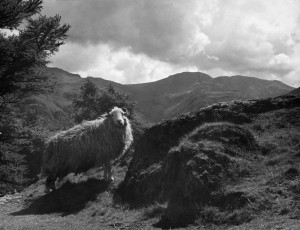In order for us to facilitate connectivity between collections and particular audiences it is vital that we first take steps to find out not only what we have but where it comes from, where it was used, where it was acquired, and any other places it may be in some way associated with. Of course, this may take us far beyond the bounds of England and it will begin to reveal the rich tapestry of local, national, and international relations from which the MERL collections emerged. Nevertheless, much like Roy Brigden’s connection with a new environment, or my own familial links with farming communities of the Scottish Borders, each of us understands place from their own subjective vantage point, wherever and whatever these diverse locales might be. As such, we must be mindful of not only the diversity of our collections but also of the multiplicity of reasons why our audiences may themselves feel hefted to particular places.
So, if nothing else these thoughts will hopefully encourage the wider curatorial community to embed place-related data in their catalogues wherever possible, and to capitalise on the potential for new avenues of engagement that might emerge from focussing purposefully on a ‘sense of place’. Through greater acknowledgement of the origins, use-history, and acquisition sources of museum holdings, such collections can be rendered applicable and relevant to particular locations, and re-located (or ‘hefted’) in relation to the modern-day communities within those places and spaces. Equally, for those audiences searching within museum stores or displays for a conceptual hook to render those resources relevant to them as an individual, what better way to maximise their chances of finding such a link than by making explicit the multitude of diverse places associated with the artefacts themselves.

